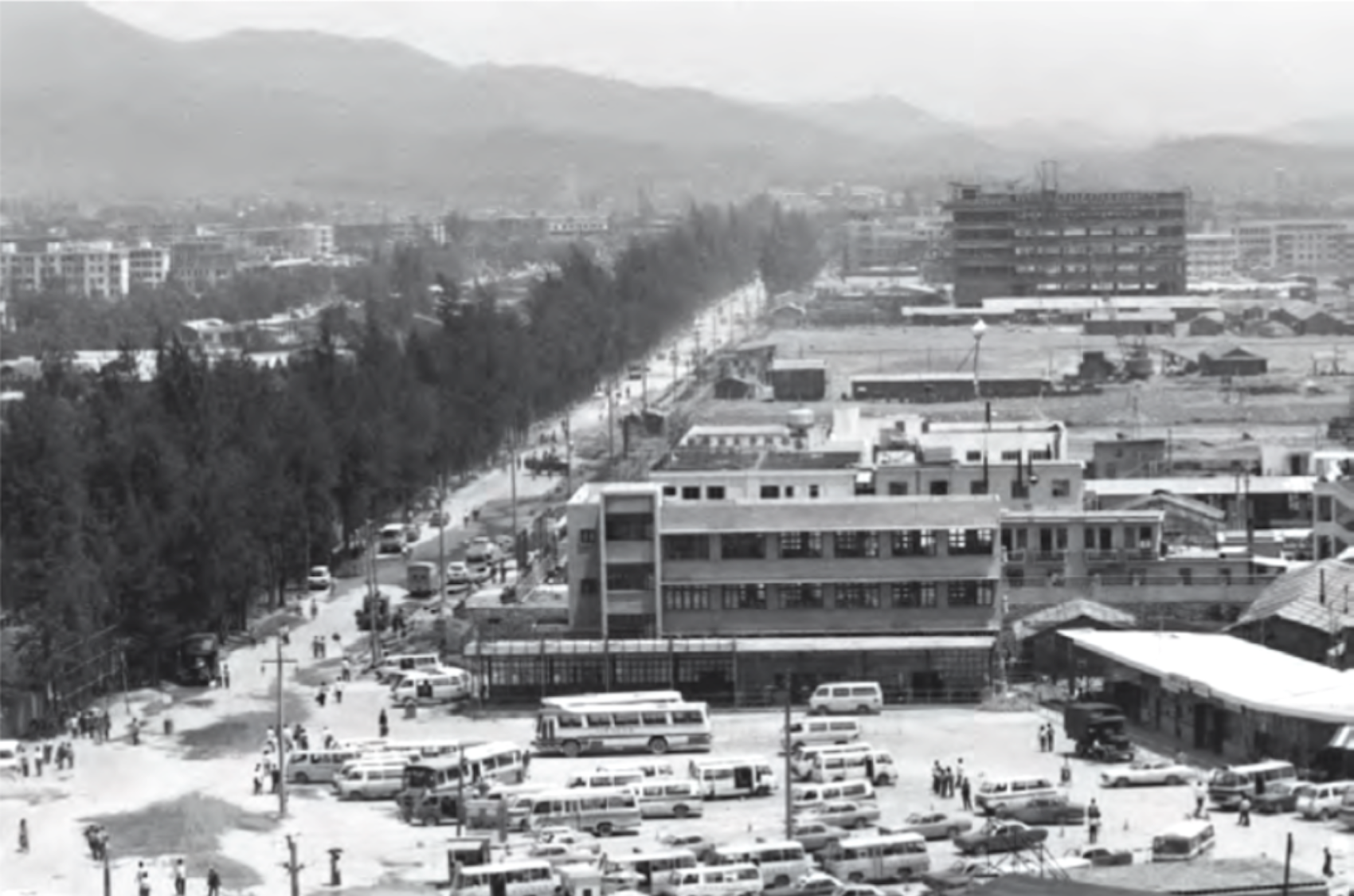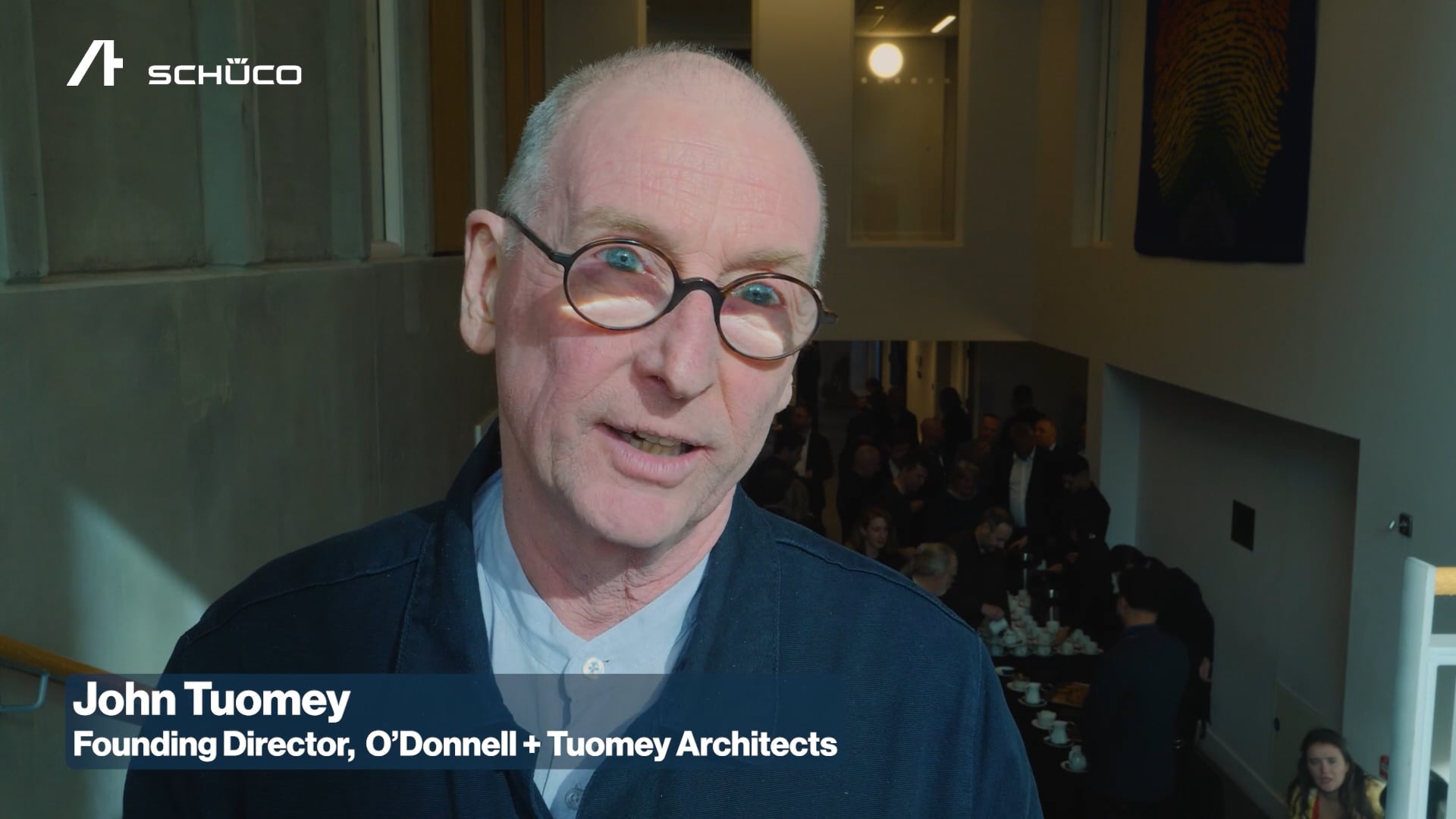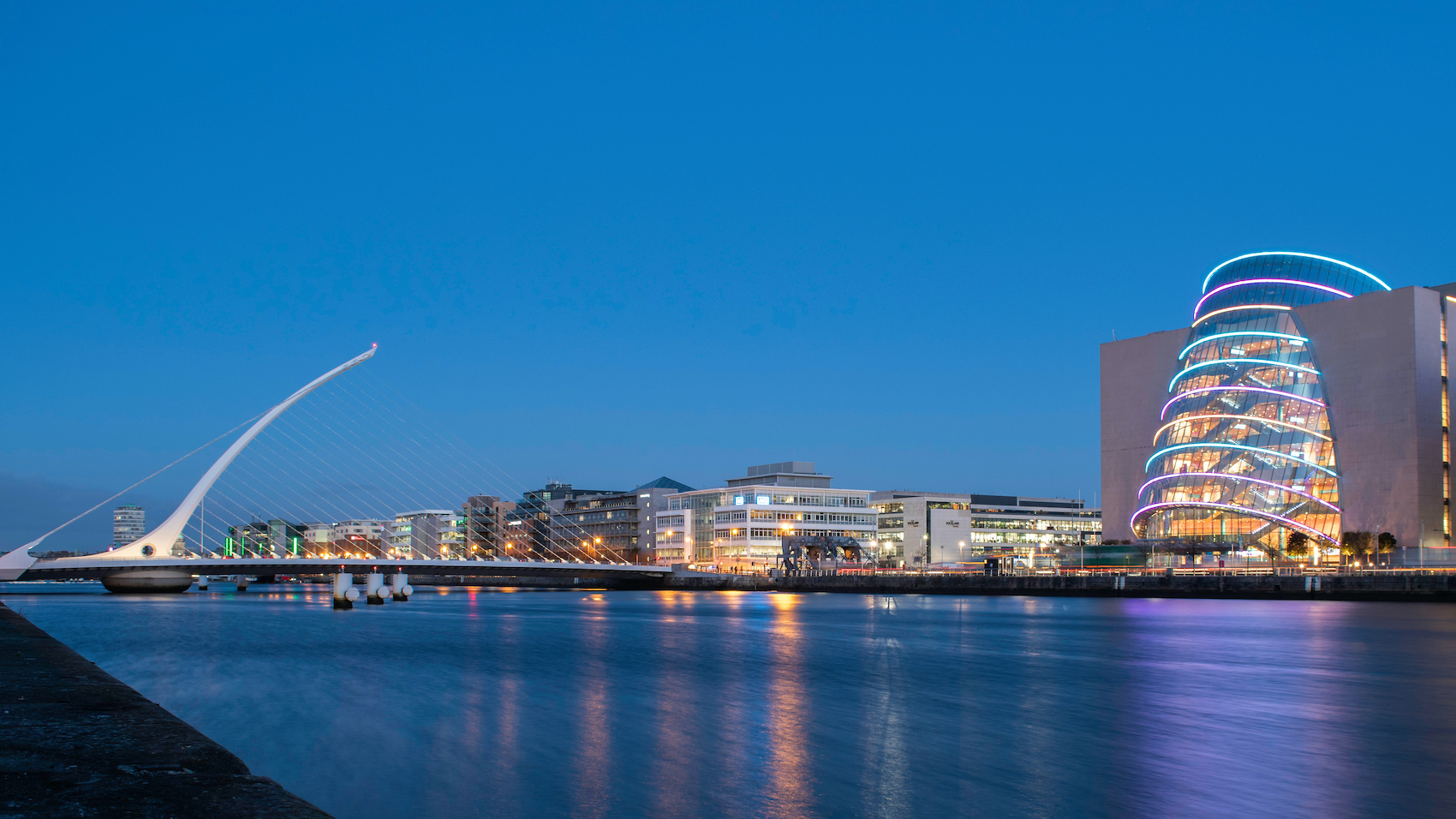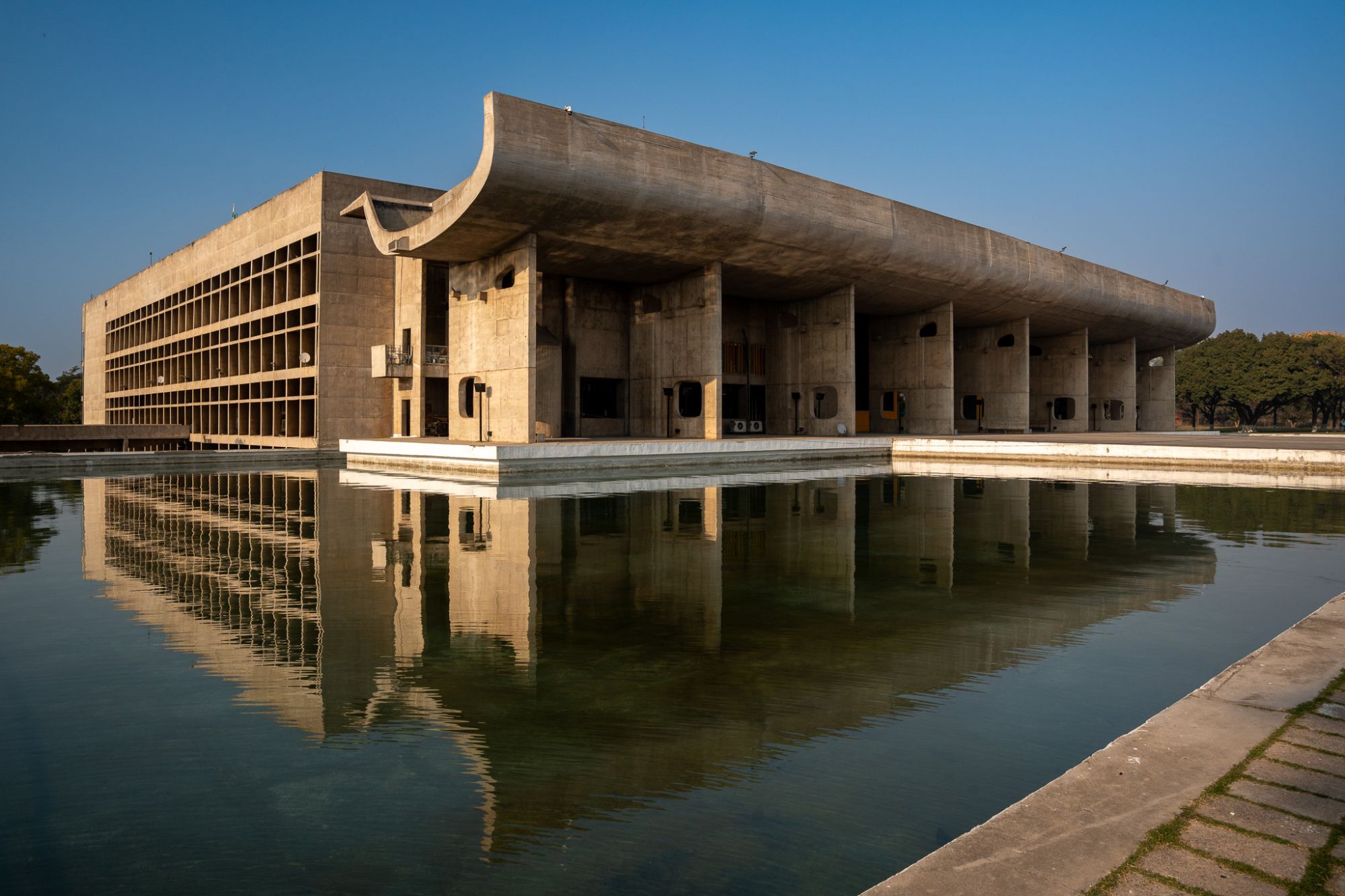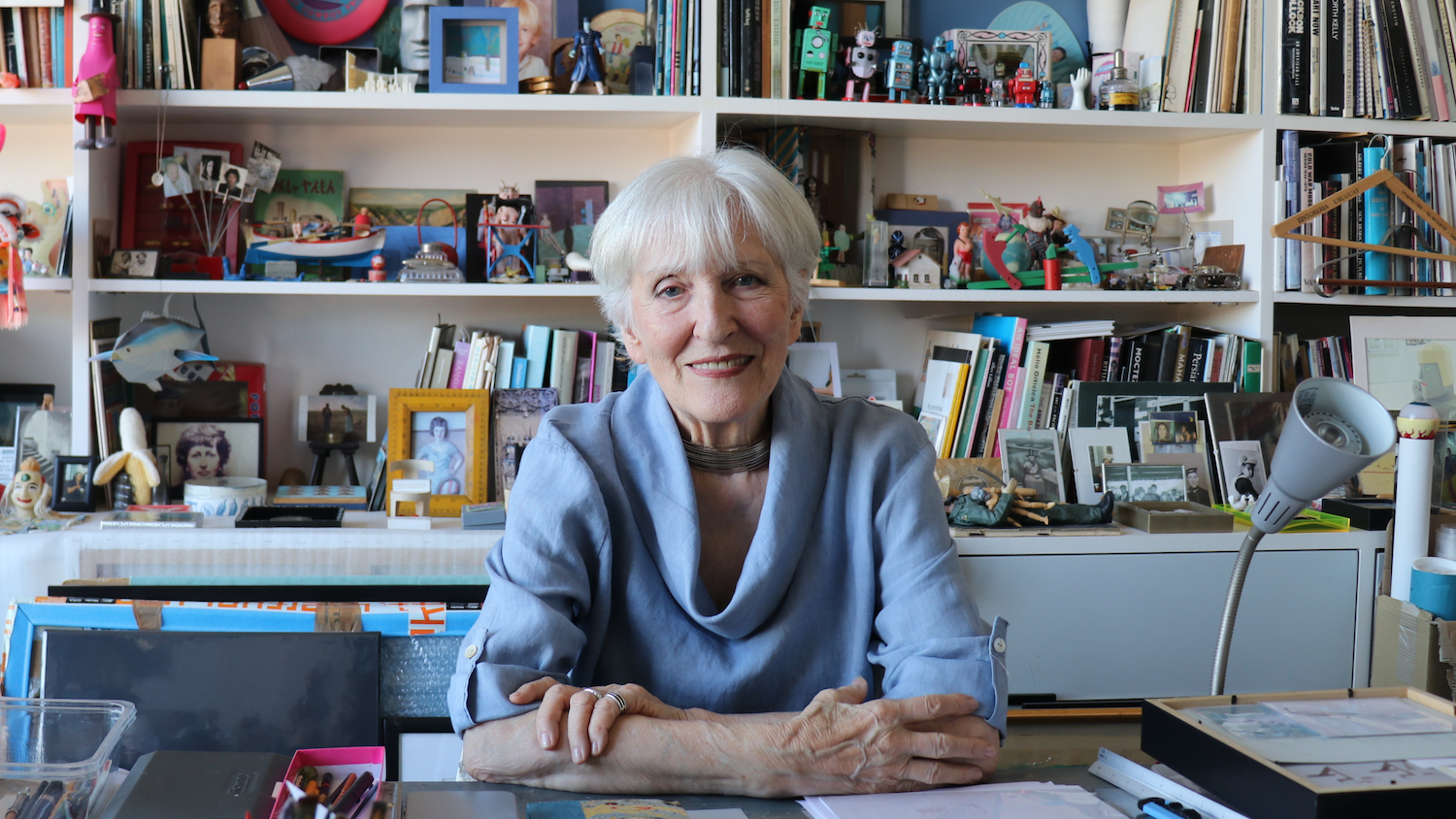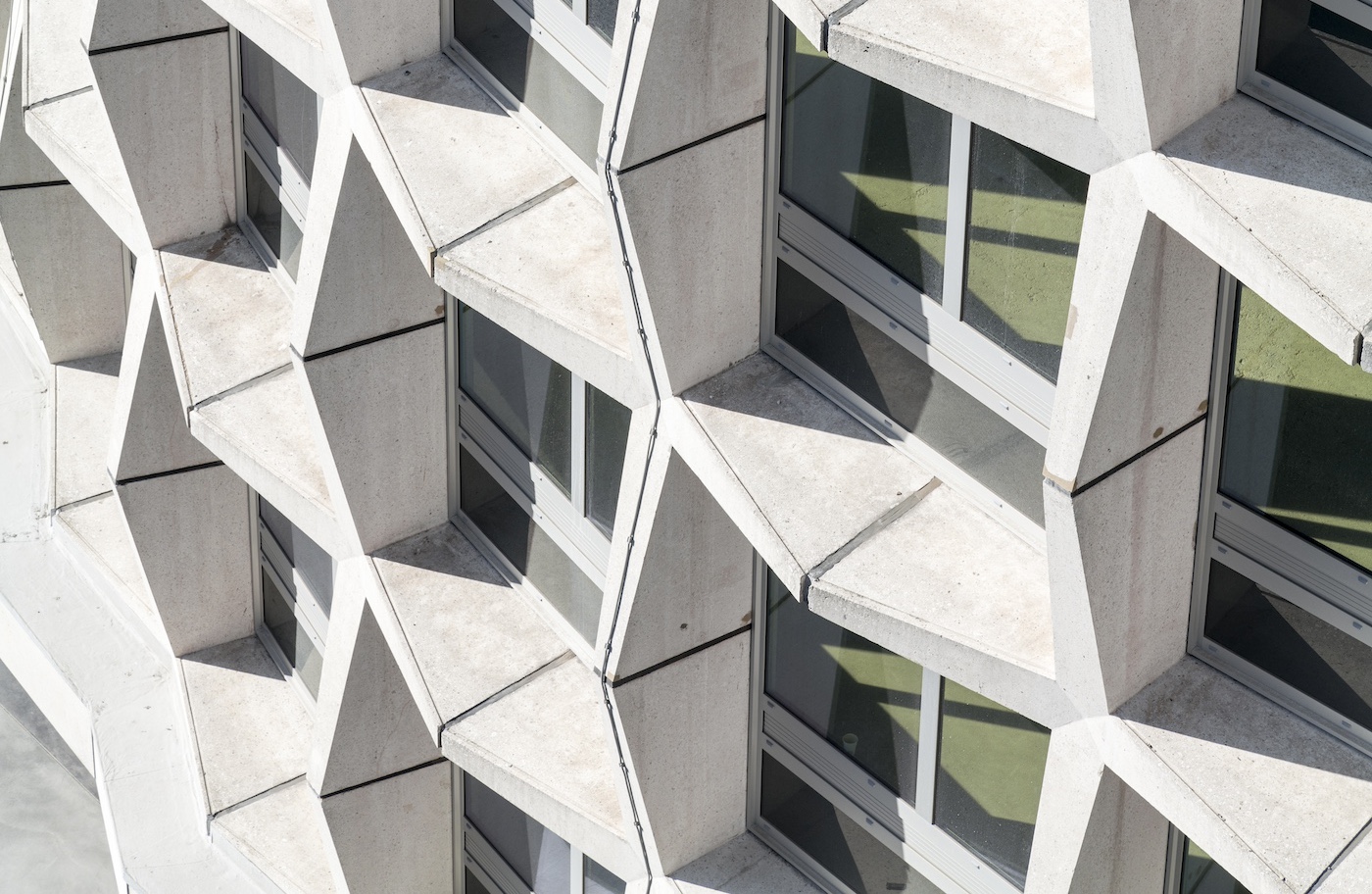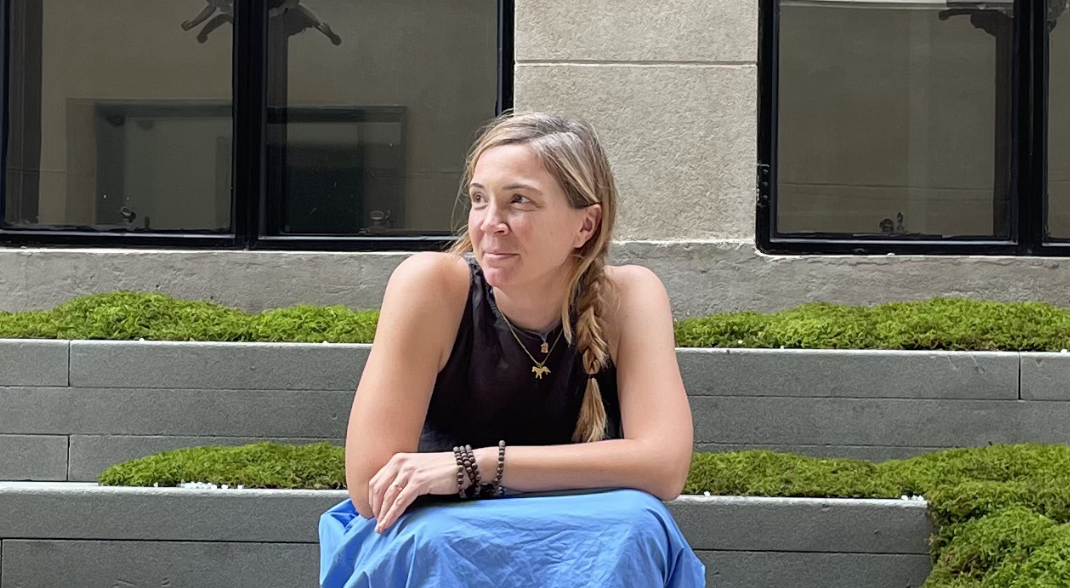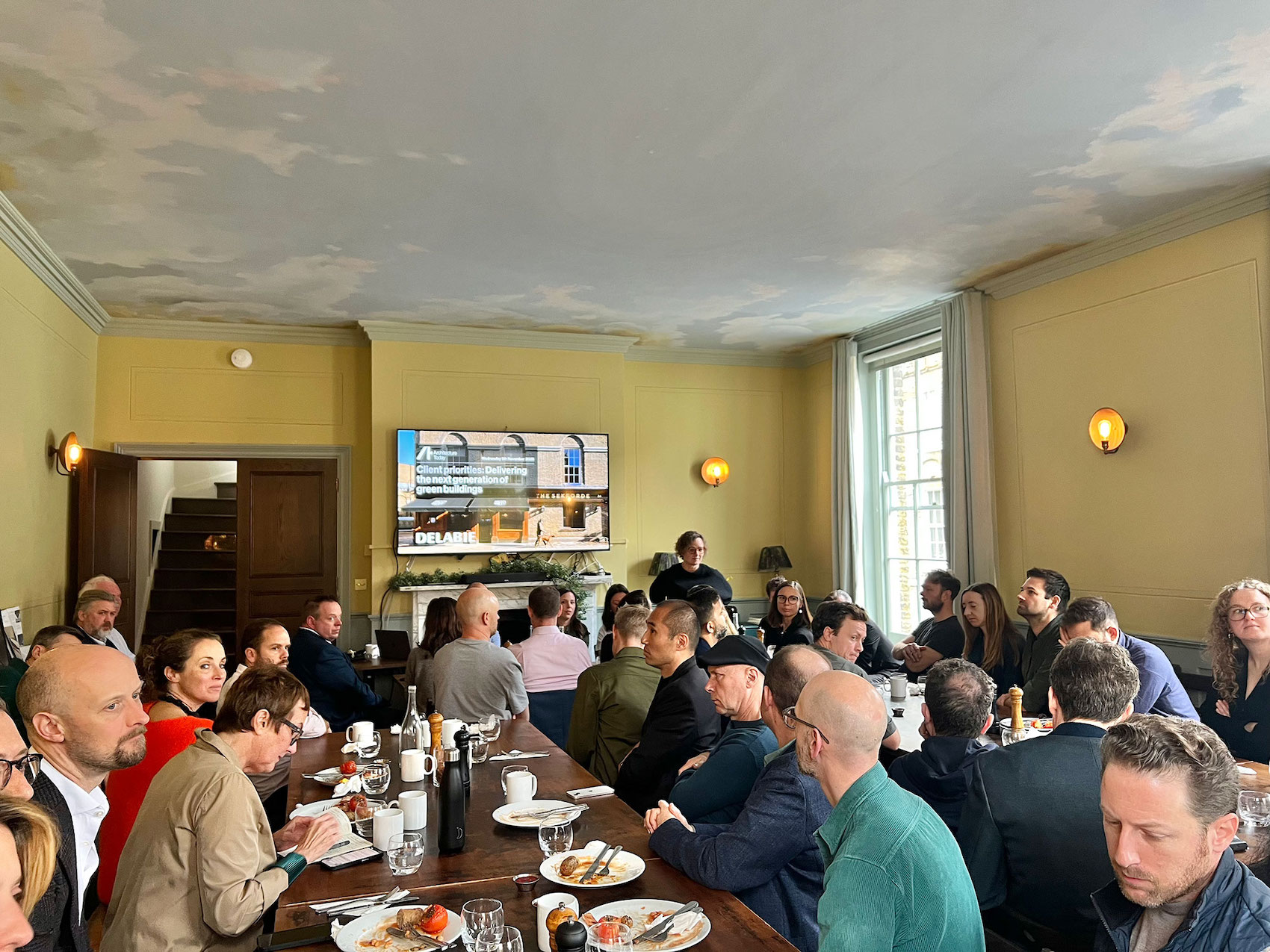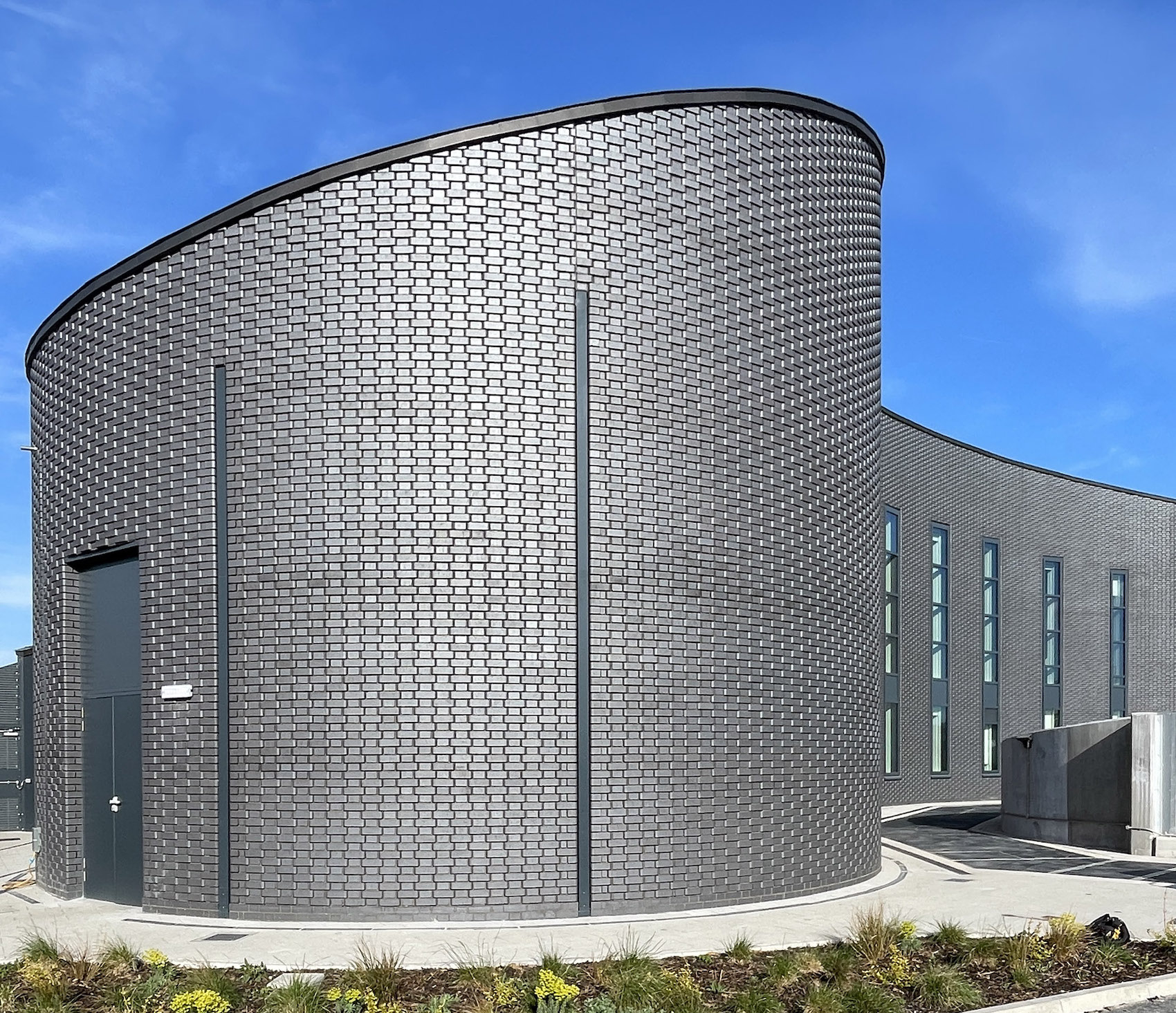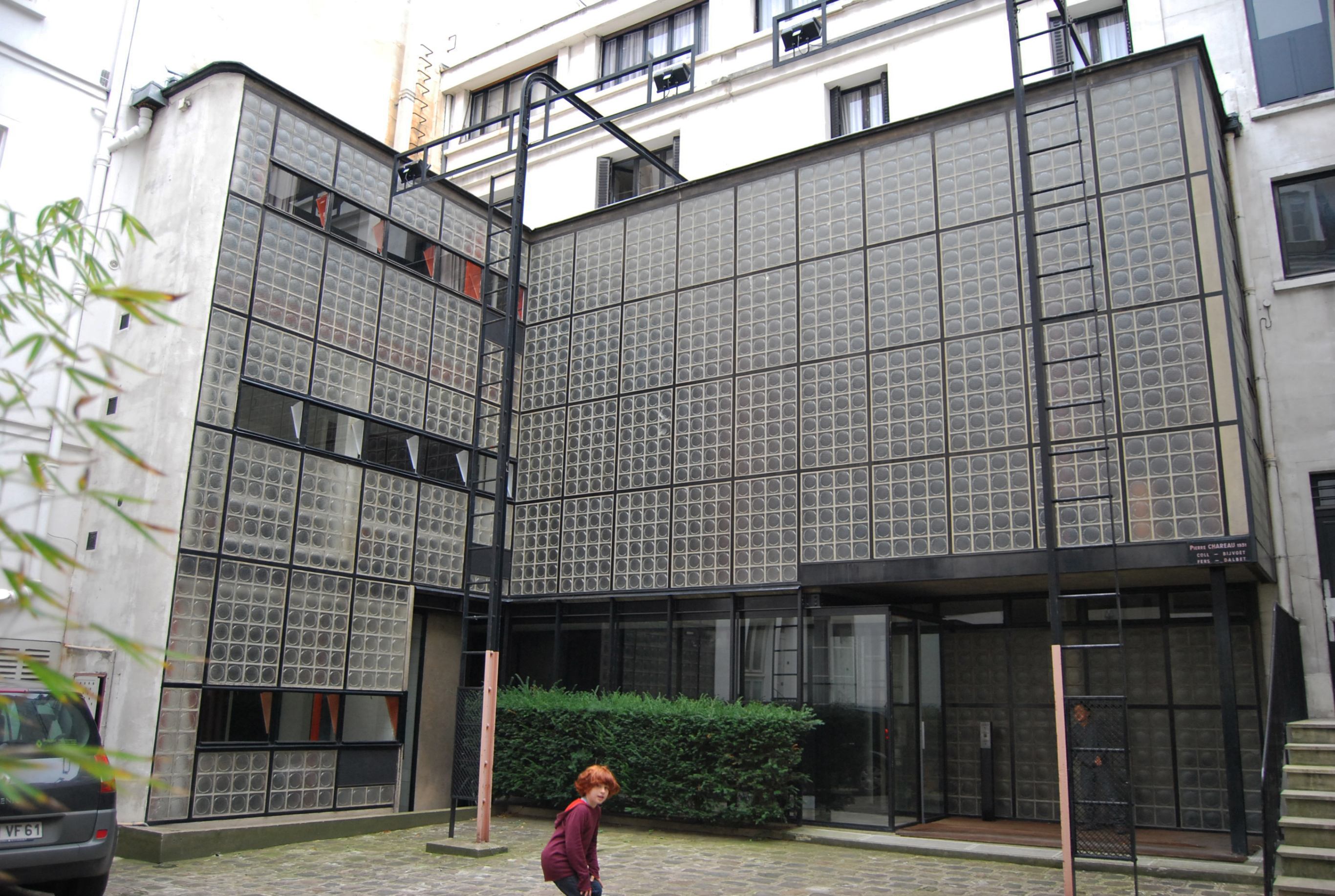
Marylebone is a district within the heart of a world city that retains a ‘town’ character. It has London’s best high street, with a dense residential quarter clustered above and around the shopping, as is commonly found in mainland Europe. In our own work we have argued that for mixed use to succeed it must have a critical mass of good residential around a commercial street.
It takes 12 minutes to walk from one end of Marylebone High Street to the other, crossing many street corners which feed in people from the sides. Its north-south orientation is ideal for a high street, with both pavements sharing the sun, encouraging activities to spill out and people to stop and talk. Defined edges form a four-sided urban area with the grandeur of Portland Place five minutes walk to the east and the polyglot mix of Edgware Road five minutes longer to the west. North and south are bounded by the transport artery of Marylebone/Euston Road and the shopping thoroughfare of Oxford Street.
Discussions the world over examine urban expansion projects and new settlement programmes. Marylebone was itself part of a city expansion programme in the eighteenth century as London moved west and north into the nobles’ hunting park which ran along the watercourse or bourne that is now Marylebone Lane – this nice ‘squiggly’ street, the only one in the area, marks the Tybourne, one of London’s lost rivers. Otherwise, its grid of streets and squares formed a fashionable new district which became part of the West End.
Over time, Marylebone has gone in and out of fashion, as places do. In creating new towns we have to bear this in mind and design living structures that can span ‘fashion-time’. The cohesive town will always win out in this sense. The walk to school, walk to work, walk to friends, walk to shops, walk to doctor, walk to your place of worship, walk to bus or train to go further afield all create the true lifetime town appropriate to the span of ages that society now boasts. In this sense the private estates that developed Marylebone in the eighteenth and nineteenth centuries provided a lifetime community structure. The Howard de Walden and Portman estates produced a residential bedrock to draw in the facilities to provide for its occupants. The architecture of the estates is not uniform, as they grew over time, bringing richness and variation on a dense street scale.
The regularity of the grid and variety of architecture make Marylebone a stroller’s dream. It’s easy to find your way around as several vistas interlink one end to the other, allowing ease of orientation as you arrive at street corners. One of my favourites is along Upper Berkeley Street which visually links two mature landscaped squares, Hyde Park Square in the west and Manchester Square in the east. Great gatherings of plane trees mark the terminations to this joyful stroll.
Many great architects have contributed to the richness of townscape with churches and institutions. The churches act as urban rooms off the street giving the area a Rome-like feel. Hardwick’s St Mary’s is a step up from Marylebone Road, with a public garden room linking it to the High Street. The oldest church is James Gibbs’ St Peter’s (1724), on Vere Street where I catch my bus to the office. This is a church you come across as a room on the corner. Other interesting churches to find are St James, Spanish Place (my church), with its city garden gateway at the end of George Street, and the Annunciation in Old Quebec Street by Walter Tapper. This last church was the place of worship for our clients at Hampden Gurney School and Housing (where I live). This project makes a new end to a city block, with the vertical school forming a public cornerpiece to the south, its playdecks and tented rooftop providing a spiritual expression of the new learning place at the heart of the community. Another ambitious addition to Marylebone is the ‘almost’ underground performing arts centre at St Marylebone School. Over several years I have watched this building in construction from my favourite coffee house. Like BDP at Hampden Gurney, Gumuchdjian Architects overcame a multitude of constraints to create an inventive learning place utilising valuable inner city land. Great towns will in the future as in the past be about having all activities integrated within the centre.
Great towns are places where people can enjoy every aspect of their daily lives. Marylebone is such a place – a place that epitomises the liveable, walkable, workable, commercial and social town idea.
Tony McGuirk is an architect, urban designer and chairman of BDP, whose current projects include the Bridge Academy, which opens in September.
AT190/July/August 08 p96.



